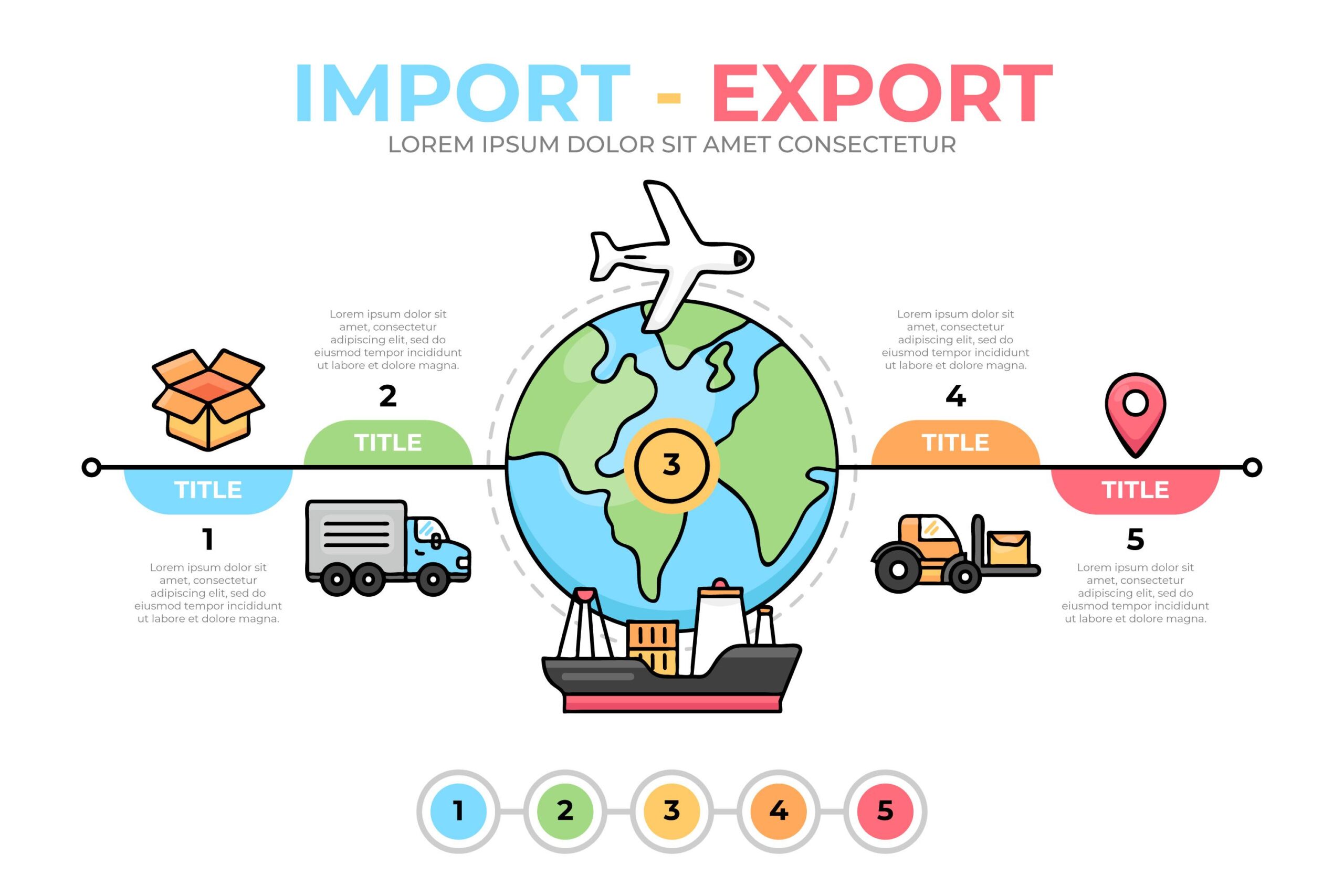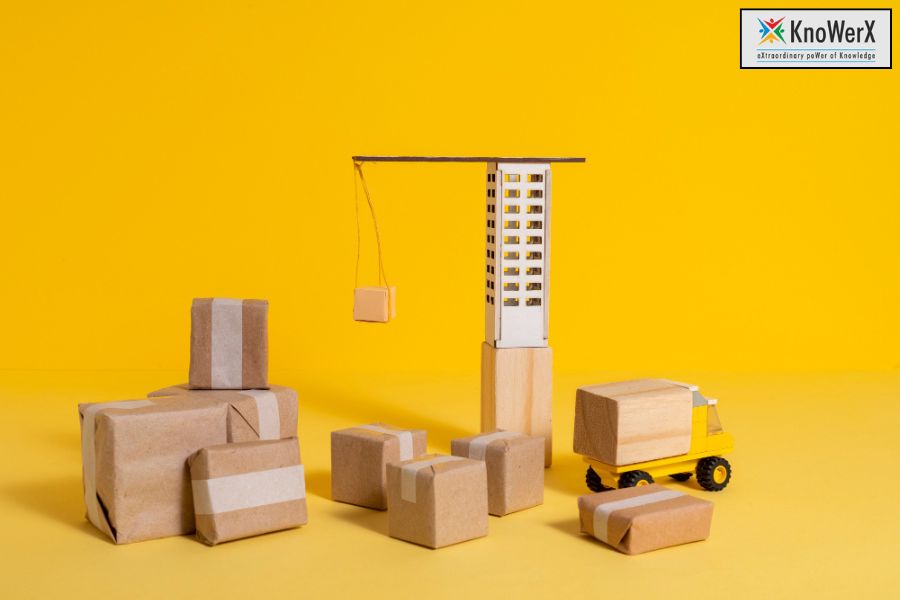How Supply Chain Maturity Stages Impact Businesses
In an increasingly competitive landscape, businesses must evolve their supply chain operations to stay ahead. Understanding the Supply Chain Maturity Stages enables organisations to optimise resources, reduce inefficiencies, and increase value delivery. At KnoWerX, we specialise in guiding professionals through these stages with structured training and industry-relevant certifications that make a measurable difference.

1. What Are the Supply Chain Maturity Stages?
The Supply Chain Maturity Stages represent a roadmap to achieving full operational integration and strategic excellence. These stages range from reactive and siloed functions to collaborative, fully synchronised systems. By identifying your current stage, you can create a customised improvement plan to evolve your supply chain effectively and systematically.
- Stage 1 – Reactive: Unstructured and crisis-driven, lacking planning.
- Stage 2 – Functional: Basic planning within isolated departments.
- Stage 3 – Internal Integration: Coordinated efforts across functions.
- Stage 4 – External Integration: Collaboration with suppliers and customers.
- Stage 5 – Extended Enterprise: Fully optimised, end-to-end value chain management.
2. Why Businesses Should Understand Supply Chain Maturity Stages
A clear grasp of the Supply Chain Maturity Stages helps businesses avoid stagnation and remain responsive to market dynamics. It enables leadership to make informed investments in people, processes, and technology. More importantly, it allows teams to adopt best practices progressively, without overwhelming the system.
3. Key Benefits of a Mature Supply Chain
Progressing through the Supply Chain Maturity Stages allows companies to reduce excess costs, improve customer satisfaction, and respond quickly to disruptions. A mature supply chain supports sustainable growth and better aligns operations with business strategy. It also enhances supplier and customer collaboration, making the organisation more resilient.
4. KnoWerX Tip: Start with a Maturity Assessment
Begin your journey through the Supply Chain Maturity Stages with a thorough maturity audit. Assessing current capabilities helps identify gaps in technology, skills, and integration. At KnoWerX, we offer expert-led assessments that provide actionable insights, helping your organisation take focused steps toward higher efficiency.
5. Key Performance Areas (KPAs) to Monitor
Each stage in the Supply Chain Maturity Stages can be evaluated using well-defined KPAs such as forecasting accuracy, on-time delivery, inventory turnover, and supplier reliability. Consistently tracking these indicators helps measure your maturity level and prioritise areas for improvement. As performance improves, so does your competitive edge.
6. Invest in Training and Professional Development
Moving up the Supply Chain Maturity Stages requires skilled professionals who understand both theory and application. KnoWerX’s training programs provide certifications aligned with global standards, ensuring your team is always a step ahead. Investing in learning translates directly into supply chain success and long-term ROI.
7. Encourage Cross-Functional Collaboration
Transitioning from siloed functions to integrated planning is a critical milestone within the Supply Chain Maturity Stages. Teams must collaborate across departments like procurement, production, and logistics to align goals. A unified approach enables faster decision-making, resource sharing, and better conflict resolution.
8. Gradually Integrate Technology
Technology acts as a bridge to move through the Supply Chain Maturity Stages, enhancing visibility and real-time control. Start with foundational systems like ERP and gradually adopt advanced tools like AI and predictive analytics. KnoWerX helps you choose the right tech for your current maturity level and future scalability.
9. Build Strong Supplier and Customer Relationships
As companies move into the higher Supply Chain Maturity Stages, strong external partnerships become a strategic advantage. Transparent, data-driven collaboration with suppliers and customers leads to improved service levels, joint innovation, and reduced lead times. These relationships are built on trust and mutual growth.
Frequently Asked Questions
What are the key stages of Supply Chain Maturity?
The five stages are: Reactive, Functional, Internal Integration, External Integration, and Extended Enterprise.
Why is understanding Supply Chain Maturity important?
It helps businesses optimise operations, reduce costs, and improve responsiveness to market changes.
How can a company assess its current maturity stage?
Conduct a maturity audit evaluating processes, technology, and collaboration levels.
What are the benefits of a mature supply chain?
Lower costs, improved efficiency, stronger supplier relationships, and better risk management.
Ending Notes

The journey through the Supply Chain Maturity Stages is more effective with the right guidance. KnoWerX, with 26+ years in consulting and professional education, offers hands-on expertise, customised training, and global certification programs. We equip professionals and organisations to achieve maturity and thrive in a rapidly changing world.
Image Reference: Freepik
Disclaimer: All trademarks, logos, and brand names are the property of their respective owners. All company, product, and service names used in this website are for identification purposes only. Use of these names, trademarks, and brands does not imply endorsement.



